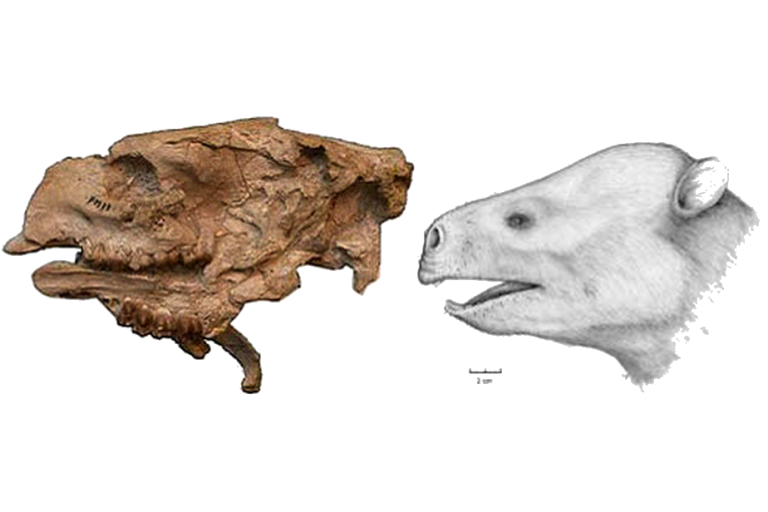Current work and results from the phosphate Basins of Morocco


Presentation of the geographical and geological contexts and of the vertebrate faunas.
The phosphate deposits of Morocco are known since 1908, and are exploited as an economical resource since the 1920’s (Office Chérifien des Phosphates, 1989). They are part of the Mediterranean Tethyan phosphogenic province which extends from North Africa to Middle-East (Lucas & Prévôt-Lucas, 1996). The Moroccan phosphate deposits outcrop in four basins, which are from NE to SW: Ouled Abdoun, Ganntour, Meskala, and Bou-Craa in the Sahara. Stratigraphically, they extend from the Late Cretaceous (Maastrichtian) to the Early/Middle Eocene, that is about 24 Ma, spanning the largest interval of time of all Tethyan phosphate deposits (Lucas & Prévôt-Lucas, 1996).
The fossiliferous phosphate series from the Ouled Abdoun Basin are characterized by the exceptional association of the following remarkable features:
The phosphates of Morocco have yielded one of the richest known marine vertebrate assemblages of the world. The faunal list includes various selachians, bony fishes and reptiles. Our research has yielded new and unexpected continental fauna, including Late Cretaceous dinosaurs and pterosaurs and land mammals and seabirds in the Palaeogene beds. Our fieldworks since 1997 have yielded new material that (1) enhances considerably knowledge of taxa described by Arambourg (1952), and (2) leads to regular discoveries of important new taxa. Fossil discoveries concern the whole Maastrichtian-Ypresian phosphate series.
The following tetrapod taxa have been recovered in association with the rich selachian and bony fish faunas:

Squamata: Varanoids, palaeophids, mosasaurids

Crocodyliformes : Eusuchians and dyrosaurids

Plesiosauria : Elasmosaurids

Pterosauria : Azhdarchids

Dinosauria : Saurischian titanosauriforms and ceratosaurian abelisaurids

Aves : Odontopterygiforms, prophaethontids, and phaethontids

Chelonia : Bothremydids, chelonioids

Mammalia (Placentals) : Hyaenodontid "creodonts", proboscideans, hyracoids and "condylarths"
The collection of the Ouled Abdoun fossils housed by the OCP is a major reference for the studies on the evolution of the vertebrate fauna during the key-period of the Mesozoic-Cenozoic transition. Mosasaurs and crocodyliforms from the Ouled Abdoun collection are among the most diversified and the best known from this period, and they illustrate respectively in situ K/T extinction and recovery events. The avian collection includes the oldest known modern birds (Neornithes) from Africa and it sheds new light on the early evolution of the Neornithes. Mammals are among the oldest known African placentals, and among the oldest known representatives of modern orders of ungulates. The accurate biostratigraphy of the phosphate series is based on the selachian systematic associations and successions. It allows useful datations for the study of the evolution of recognized lineages and faunal associations. Ongoing chemo- and magnetostratigraphical studies will help to refine the stratigraphy and correlation of the phosphate series. The fossil collection provides data on the in situ evolution during an exceptionally large time span of ca. 24 Myr, in remarkable homogeneous sedimentological and paleoenvironmental contexts.
It documents two periods of major faunal turnover: